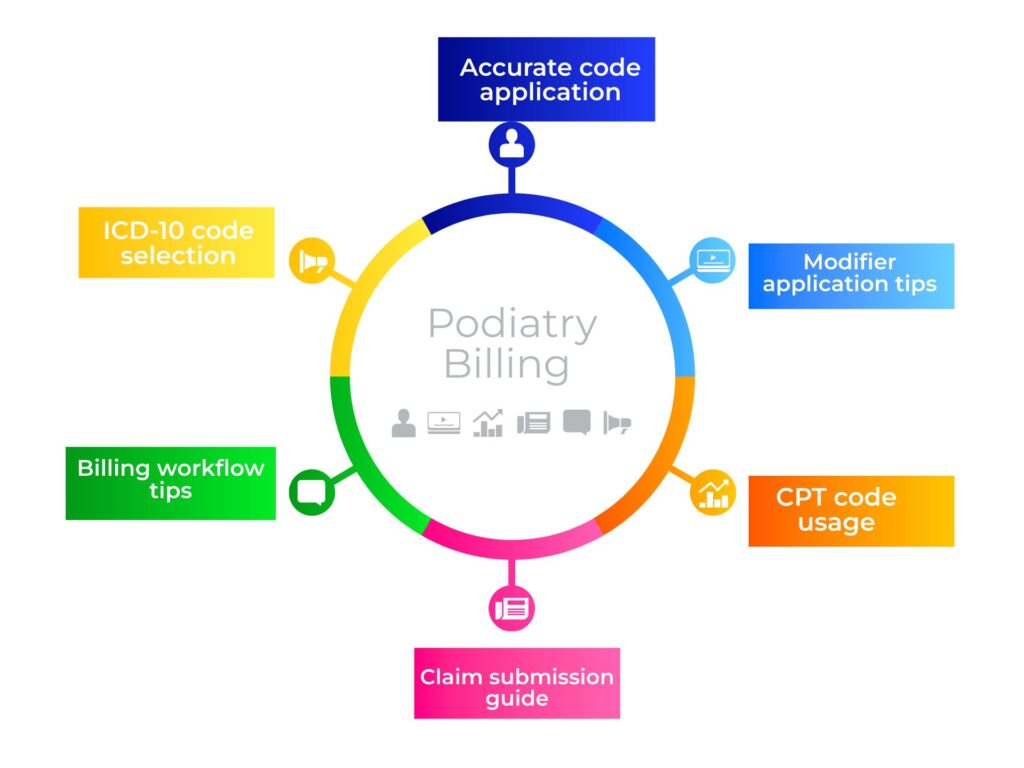In the healthcare revenue cycle, denied insurance claims are a recurring challenge that can significantly impact a medical practice’s financial performance. Understanding denied claim solutions is essential for healthcare providers, billing professionals, and medical administrators to reduce revenue leakage and maintain smooth operations. This article explores the causes, impact, and effective strategies to address denied claims in medical billing.
Understanding Medical Claim Denials
What Is a Claim Denial?
A medical claim denial occurs when an insurance payer refuses to pay for a service rendered by a healthcare provider. These denials may result from billing errors, policy issues, missing documentation, or failure to meet medical necessity guidelines.
Denials differ from rejections; a rejected claim never enters the payer’s system due to errors detected upfront, whereas a denied claim has been processed and actively refused. Effective denied claim solutions involve identifying the root cause and implementing corrective measures promptly.
Common Reasons for Denied Claims
Top Denial Categories
There are numerous reasons why a claim may be denied, but the most frequent include:
- Incorrect patient information
- Authorization or referral errors
- Coding inaccuracies
- Lack of medical necessity
- Timely filing issues
- Duplicate claims
These issues not only delay payments but can also reduce the chance of reimbursement altogether if not resolved swiftly. Implementing robust denied claim solutions can help minimize the frequency and financial impact of these errors.
Impact of Claim Denials on Healthcare Providers
Denied claims can have a considerable impact on both the financial and operational performance of a healthcare facility. Revenue loss, increased administrative burden, and patient dissatisfaction are just a few of the consequences.

Financial Repercussions
Even a small percentage of denied claims can lead to substantial losses over time. Many healthcare practices struggle with reworking denied claims, which requires staff time and incurs additional administrative costs. Denied claim solutions streamline this process, reducing costs and improving collections.
Workflow Disruptions
Administrative staff often spend hours each week reprocessing claims that should have been accepted on the first submission. This inefficiency can drain resources and decrease employee productivity.
Explore in-depth guides and tutorials to master medical billing systems and processes.
Denied Claim Solutions: Best Practices
1. Verification of Patient Information
Accurate data entry is critical for clean claims. Mistakes in patient name, date of birth, or insurance ID numbers are among the top reasons for denials. Regularly verifying and updating patient information ensures claims are less likely to be denied.
2. Pre-Authorization Checks
Ensure that all services requiring prior authorization are approved before the patient encounter. Many insurance providers deny claims if pre-authorization isn’t obtained. This step is a proactive denied claim solution that helps avoid preventable denials.
3. Regular Coding Audits
Accurate and up-to-date coding is essential. CPT, ICD-10, and HCPCS codes must align with payer policies. Auditing claims before submission reduces the chances of denials due to improper coding.
4. Timely Filing
Most payers have a specific window for claim submission. Submitting claims within this timeframe is crucial. A well-organized billing system helps track deadlines and reduce filing denials.
5. Staff Training and Education
Continuous training of billing and administrative staff helps them stay current with payer requirements and industry standards. An informed staff is a vital component of effective denied claim solutions.

6. Implementing Denial Management Software
Advanced billing systems and denial management software can automatically flag issues before claims are submitted. These tools can also help track, analyze, and appeal denied claims efficiently.
Appealing Denied Claims Effectively
Understanding Appeal Rights
Every payer has a defined process for appealing denied claims. Familiarizing yourself with these policies is the first step in crafting a strong appeal. Most appeals require a detailed letter explaining why the denial is incorrect, accompanied by supporting documentation.
Writing a Compelling Appeal
A successful appeal should include:
- A clear explanation of the issue
- Documentation to support the service’s necessity
- Corrected information (if applicable)
- References to payer guidelines
Timely and persuasive appeals are among the most critical denied claim solutions available to billing departments.
The Role of Data Analytics in Denial Management
Monitoring Denial Trends
Tracking denial trends helps identify recurring issues and adjust processes accordingly. For example, if most denials are due to coding errors, targeted training can be implemented.
Using KPIs to Drive Improvement
Key Performance Indicators (KPIs) such as denial rate, first-pass resolution rate, and appeal success rate provide insights into the effectiveness of your billing process. Incorporating analytics tools can enhance your denied claim solutions strategy.
Preventive Measures to Reduce Denials
Prevention is always more effective than correction. Some preventive actions include:
- Ensuring complete documentation at the point of care
- Establishing payer-specific checklists
- Performing eligibility and benefits verification before services
- Keeping abreast of policy changes from insurers
Find out why claims are denied and how denied claim solutions can help you fix errors
By incorporating these preventive strategies, healthcare organizations can limit the volume of denials and enhance revenue cycle performance.
Table: Quick Denied Claim Solutions Checklist
| Problem Area | Solution Approach |
|---|---|
| Incorrect patient data | Verify at each visit |
| Pre-authorization missing | Confirm prior to treatment |
| Coding mismatch | Conduct regular audits |
| Late submissions | Track filing deadlines |
| Incomplete documentation | Standardize provider forms |
| High denial rates | Use denial analytics tools |
Choosing the Right Denied Claim Solutions Provider
Many healthcare organizations choose to outsource their denial management to third-party providers who specialize in denied claim solutions. These vendors offer expertise, scalability, and tools that may not be feasible in-house.
When selecting a vendor, consider:
- Experience with your specialty
- Transparency and reporting capabilities
- Integration with your existing EHR and billing systems
- References from other clients
An experienced partner can dramatically improve denial resolution times and overall revenue cycle efficiency.
Regulatory Compliance and Documentation
Stay Compliant with Federal Guidelines
Healthcare providers must adhere to regulations such as HIPAA, the No Surprises Act, and payer-specific compliance rules. Denials due to non-compliance can result in not only claim loss but also legal exposure.
Comprehensive Documentation Standards
Complete and consistent documentation of patient encounters is a cornerstone of claim approval. Providers must clearly justify the necessity of each service to align with payer policies.
Effective denied claim solutions always include a focus on maintaining high documentation standards to support clean claims and successful appeals.
Conclusion: Achieving a Denial-Free Environment
Although it may not be realistic to eliminate all claim denials, the goal of minimizing them is entirely achievable. With the right mix of technology, training, and proactive policies, medical billing teams can significantly reduce denial rates and improve overall cash flow.
By implementing these denied claim solutions, healthcare providers can streamline operations, boost revenue, and ensure a more efficient revenue cycle. Consistent monitoring, prompt responses to denials, and a culture of continuous improvement form the foundation of successful denial management.
FAQs
Why do medical claims get denied?
Claims are often denied due to incorrect patient information, missing authorizations, coding errors, untimely submissions, or lack of medical necessity documentation. Identifying the specific cause is crucial to applying the correct denied claim solution.
How can I reduce the number of denied claims?
You can reduce denials by implementing denied claim solutions such as patient data verification, real-time eligibility checks, coding audits, staff training, and denial analytics. These proactive steps help catch issues before claims are submitted.
Is it possible to appeal a denied claim?
Yes. Most insurance payers allow healthcare providers to appeal denied claims. A proper appeal includes a corrected claim, supporting documentation, and a well-written explanation. This is a core part of most denied claim solutions workflows.
What tools are used for managing denied claims?
Denial management software, revenue cycle management (RCM) platforms, and analytics tools are commonly used. These tools help track denial trends, automate appeal processes, and integrate with electronic health record systems as part of comprehensive denied claim solutions.

